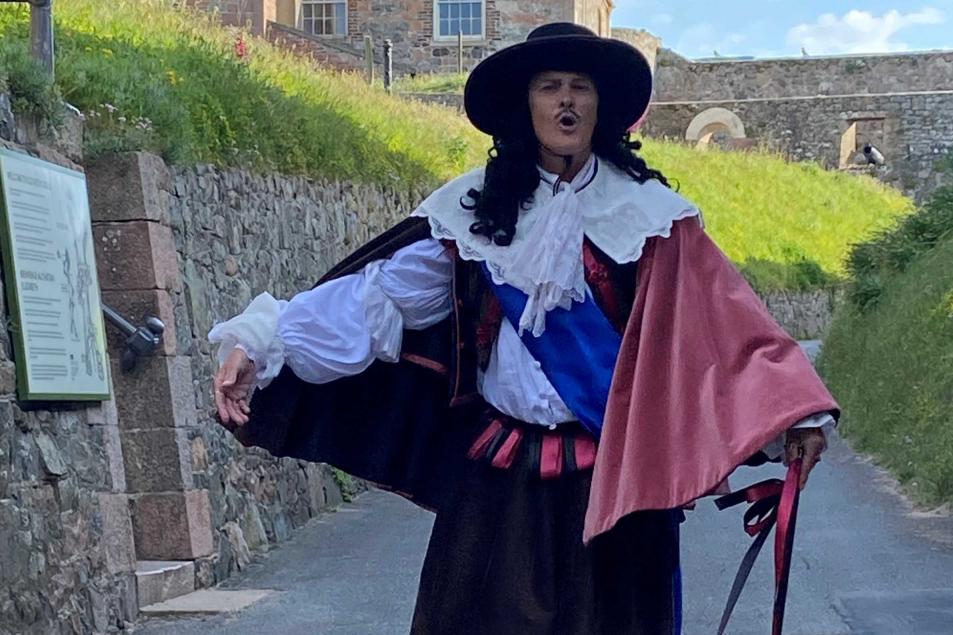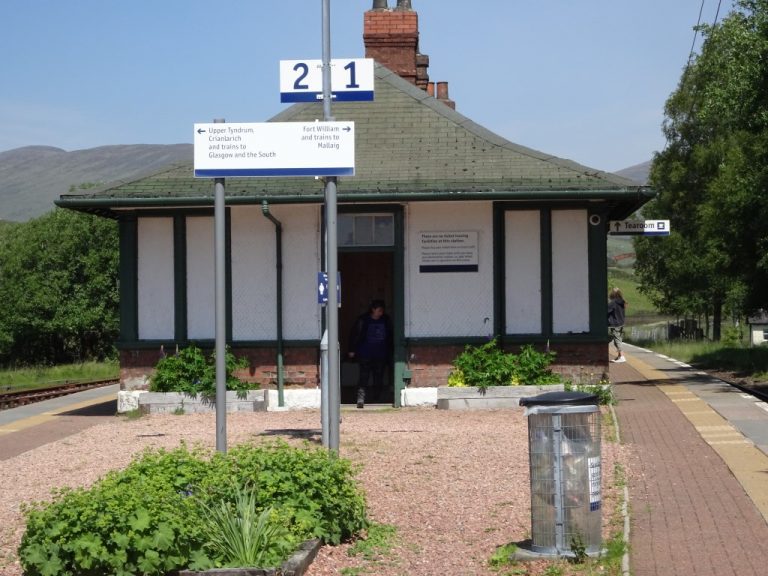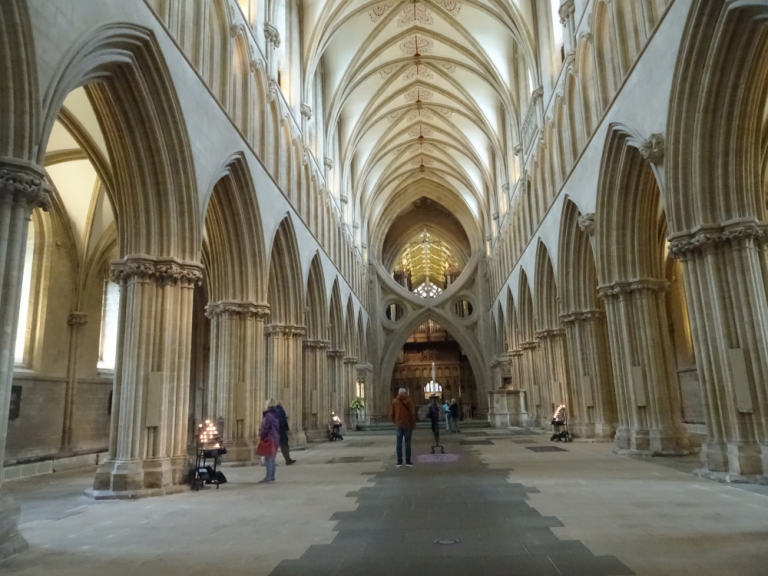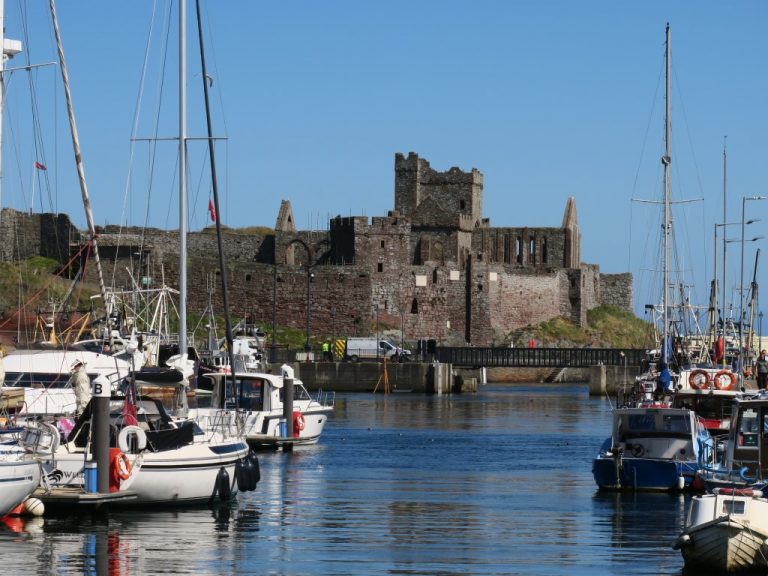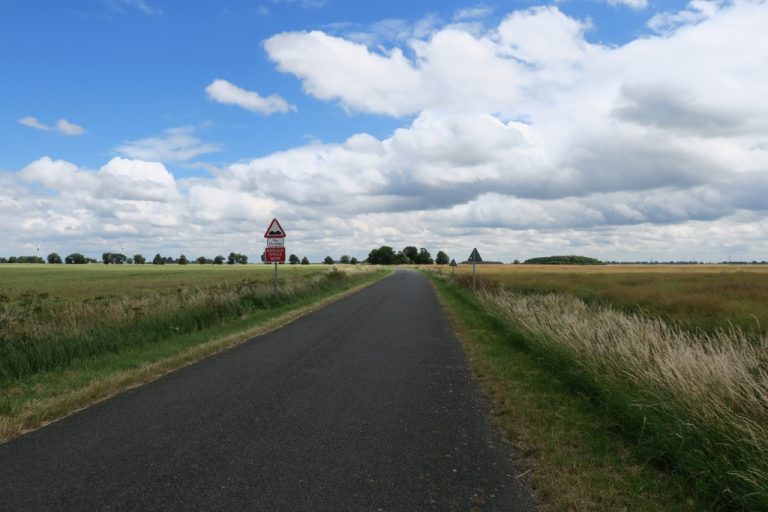Jersey 2021 with U3A – third day

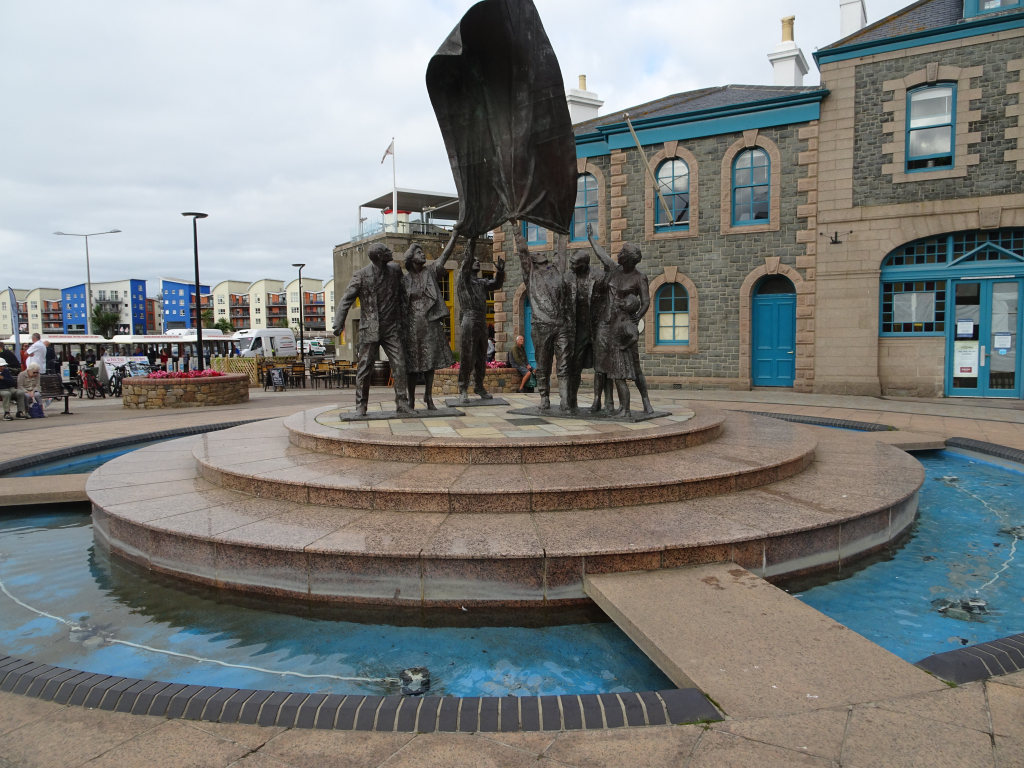
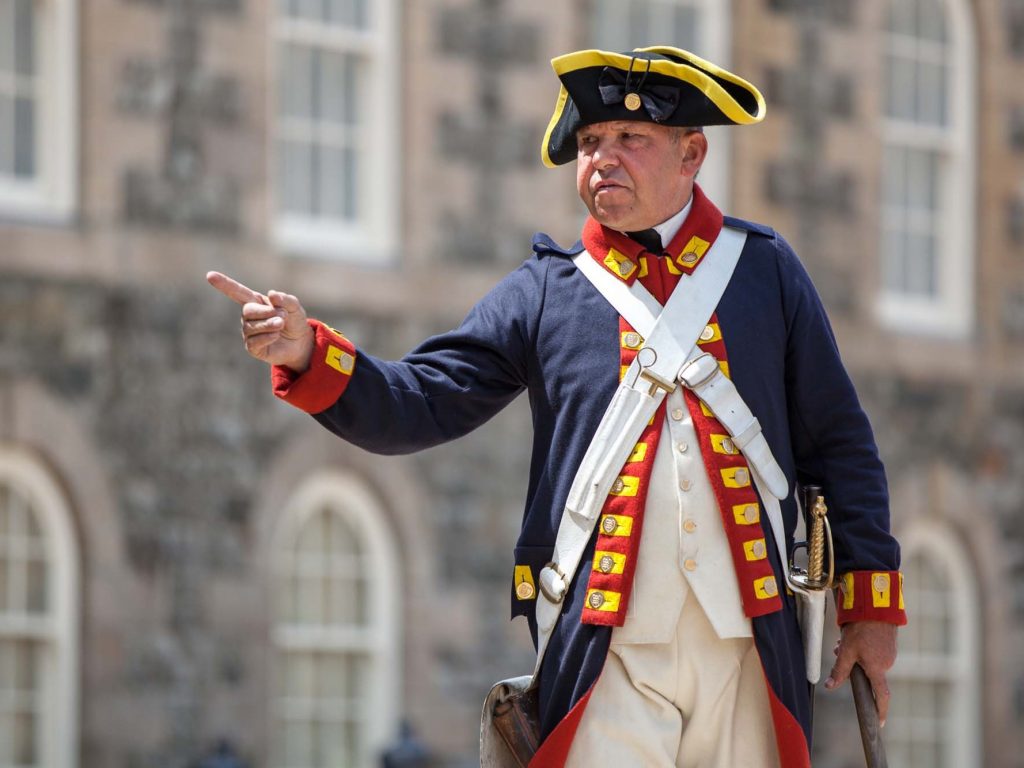
On day two we had a free day. Some went to the swimming pool, others to St Aubin on the mock railway along the front but I visited Liberation Square and spent the rest of the day in Elizabeth Castle, built on a tidal rocky islet in St Aubin’s Bay and which has defended Jersey for more than 400 years. It turned out to be a great day out! As the tide was in, I took the amphibious Castle Ferry across to the castle and on disembarking was urged to hurry up to the parade ground as the next event was due.
This was the very humorous Master Gunner Sergeant Gilly dressed from the 18th century. He explained all about and fired his ‘Brown Bess’ flintlock musket. We covered our ears, it was surprisingly loud and smoky – imagine a volley of them! He divided his audience and ordered the women to go the wall of the barracks building and do their knitting. The men, me included, were lined up in two ranks to be put though our paces in military drill and as he shouted out his orders, we were ordered to shout “Yes Sergeant” after each on his commands! We were marched to the Cockpit to prepare the signal gun for firing at 1pm. Before this we ‘soldiers’ were ‘about turned’ and ‘dismissed’ having to declare loudly “God Bless King George”. Gunner Sergeant explained how the cannons worked and using six volunteers from the ‘former soldiers’ he got them to pull the gun out of the ramparts and fired the cannon with real explosives. He poked fun at Guernsey who, he said, used an electronic device to simulate firing their canon.
After a break for lunch in the castle café, I went for an audience with His Majesty King Charles II and his other subjects at the granite cross. This was on a knoll and his majesty commanded those on it to come down as nobody can be “higher than the King”. He made those with hats remove them as none can wear a hat in the presence of the King; all the women had to curtsey to him and the men bow. He asked lots of questions including what is an assassin. He appointed three children as his squires and ordered them to go ahead up a narrow stairway before him – because if there was an assassin up there they would be killed and not him. He invited us, his subjects, into his erstwhile residence, now known as the Governor’s House, explaining it was built with lovely red and brown Jersey granite by Sir Walter Raleigh (who was Governor of Jersey from 1600 until 1603); not that horrible grey and black granite from Guernsey. After haranguing his subjects in his room, he posed for photos with his them on his throne.
At the end of the tidal island on which Elizabeth castle is built, is a narrow isthmus connecting to Hermitage Rock on which lived Helier, the 6th-century ascetic hermit who was later made a saint and it is after him Jersey’s capital St Helier is named. The isthmus was closed for maintenance work. We were told that legend has it that Helier was beheaded by axe by Marauding pirates and that he picked his head up and walked 400 yards with it, hence the crossed axes on the parish crest.

